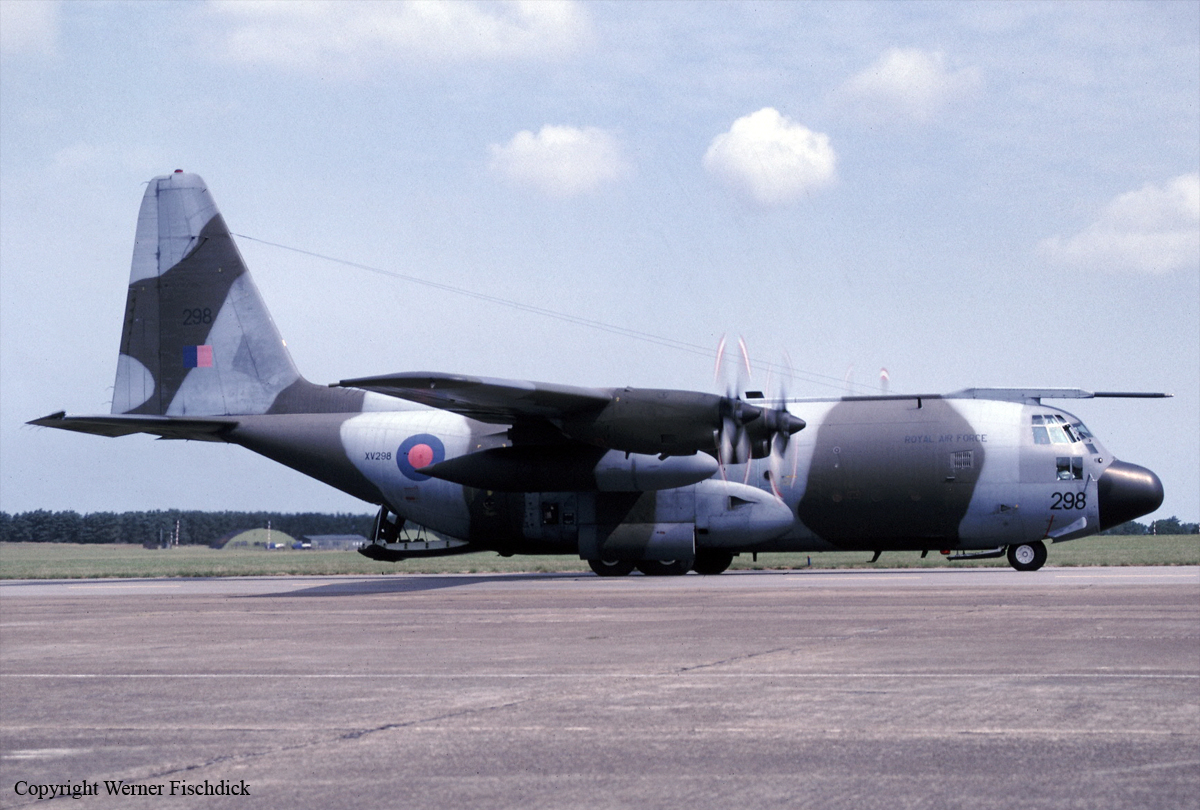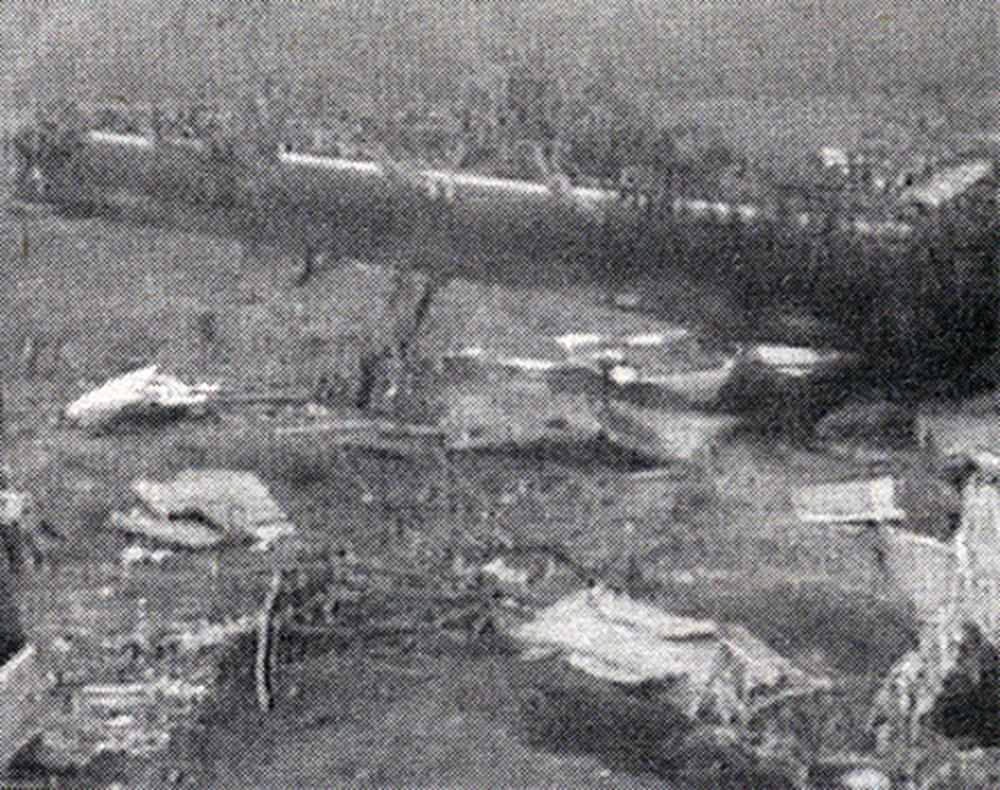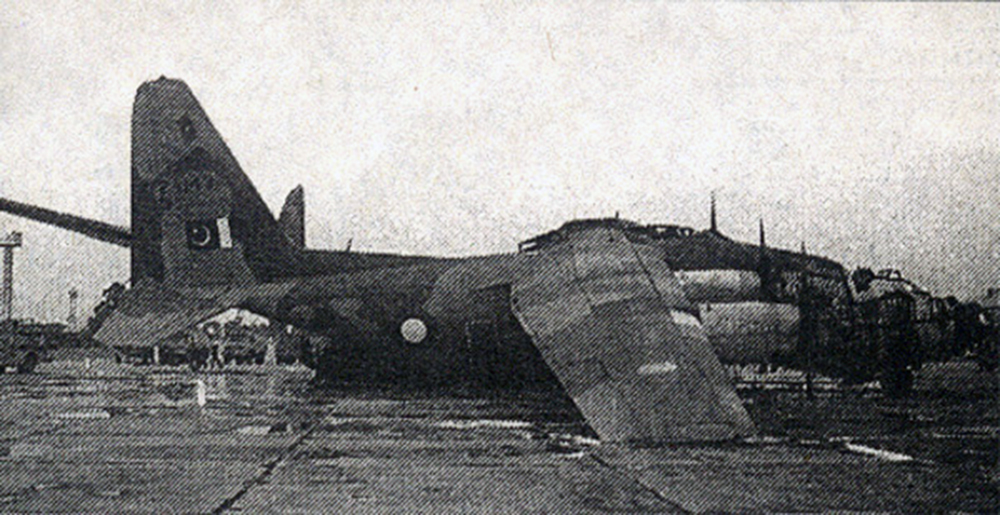Country
Crash of a Lockheed C-130 Hercules in Kukës
Date & Time:
Jun 11, 1999
Registration:
XV298
Survivors:
Yes
MSN:
4264
YOM:
1968
Crew on board:
6
Crew fatalities:
Pax on board:
9
Pax fatalities:
Other fatalities:
Total fatalities:
0
Circumstances:
On the night of 11 June 1999, RAF Hercules XV298 was tasked to collect personnel and equipment from Kukes airstrip, Albania. The aircraft flew from Italy and landed on the unlit airstrip using normal Night Vision Goggle (NVG) procedures. The crew had been briefed that there would be sufficient runway remaining from the pickup point to the end of the airstrip. The crew were unable to see the end of the airstrip as artificial lighting in the near distance interfered with their night vision goggles. After loading personnel and equipment it began its takeoff run along the remaining available runway, but soon hit a fence and several other ground obstacles. XV298 slowed then veered to the right, suffering severe damage to its right wing before stopping. Fuel leakage from the damaged wing ignited and the subsequent fire destroyed much of the aircraft.
Probable cause:
The Board quickly discounted aircraft performance or serviceability as factors in the accident, concluding that the take-off distance was insufficient for the aircraft to get airborne safely . This was partly due to anomalies in the operating instructions for tactical landing zone operations which were contained in three separate documents - one used by the aircrew, one for personnel training, and the other used by the airstrip marking party. Consequently each party had different expectations as to what procedure would be followed, which in turn led to the airstrip markings having been laid out differently to those briefed to the aircrew . Further, the Board established that the airstrip data used to plan the sortie was significantly different from the actual airstrip dimensions ; and also concluded that reduced night vision goggle performance contributed to the accident. The Board of Inquiry concluded that the accident was caused because the take-off distance was insufficient for the aircraft to get airborne safely.

Crash of a Lockheed L-382G Hercules near Huambo: 9 killed
Date & Time:
Jan 2, 1999
Registration:
D2-EHD
Survivors:
No
Schedule:
Huambo - Luanda
MSN:
4839
YOM:
1980
Crew on board:
4
Crew fatalities:
Pax on board:
5
Pax fatalities:
Other fatalities:
Total fatalities:
9
Circumstances:
Shortly after takeoff from Huambo-Albano Machado Airport, while climbing, the four engine aircraft was shot down by a surface-to-air missile and crashed about 20 km north of the airport near the village of Alto Chyumbu. All nine occupants were killed.
Probable cause:
Shot down by a UNITA surface-to-air missile.

Crash of a Lockheed L-382G Hercules near Huambo: 14 killed
Date & Time:
Dec 26, 1998 at 1205 LT
Registration:
S9-CAO
Survivors:
No
Schedule:
Huambo - Saurimo
MSN:
4561
YOM:
1974
Flight number:
UNO806
Crew on board:
4
Crew fatalities:
Pax on board:
10
Pax fatalities:
Other fatalities:
Total fatalities:
14
Circumstances:
The aircraft departed Huambo-Albano Machado Airport on an humanitarian mission to Saurimo under call sign UNO806 on behalf of the United Nations Organization. Five minutes after takeoff, while climbing, the aircraft was shot down by a surface-to-air missile and crashed in a field located near the village of Vila Nova, about 40 km from Huambo. The aircraft was destroyed and all 14 occupants were killed.
Probable cause:
Shot down by a UNITA surface-to-air missile.

Ground fire of a Lockheed C-130 Hercules at Chaklala AFB
Date & Time:
Sep 10, 1998
Registration:
23491
Survivors:
Yes
MSN:
3701
YOM:
1962
Crew on board:
0
Crew fatalities:
Pax on board:
0
Pax fatalities:
Other fatalities:
Total fatalities:
0
Circumstances:
While parked at Chaklala AFB, the aircraft was destroyed by fire after being struck by another Pakistan Air Force Hercules C-130. The aircraft was empty at the time of the accident.
Ground accident of a Lockheed C-130B Hercules at Chaklala AFB: 5 killed
Date & Time:
Sep 10, 1998
Registration:
24143
Survivors:
No
Schedule:
Chaklala - Chaklala
MSN:
3781
YOM:
1963
Crew on board:
5
Crew fatalities:
Pax on board:
0
Pax fatalities:
Other fatalities:
Total fatalities:
5
Circumstances:
The crew was engaged in a local post maintenance test flight. While taxiing, the crew lost control of the airplane that collided with a parked Pakistan Air Force C-130. A major fire occurred, destroying both aircraft. All five crew members were killed while the second aircraft was empty.
Probable cause:
It is believed that the loss of control was the consequence of brakes failure (brakes overheated).

Crash of a Lockheed C-130H Hercules on Mt Pastra: 5 killed
Date & Time:
Dec 20, 1997 at 0930 LT
Registration:
750
Survivors:
No
Schedule:
Elefsis - Tanagra
MSN:
4729
YOM:
1977
Crew on board:
5
Crew fatalities:
Pax on board:
0
Pax fatalities:
Other fatalities:
Total fatalities:
5
Circumstances:
The four engine aircraft departed Elefsis AFB near Athens on a short flight to Tanagra AFB, carrying five crew members. The aircraft was dispatched at Tanagra AFB to pick up a contingent of 80 soldiers who should take part to the SAR operations following the crash of an Ukrainian Yak-42 on December 17 in the region of Katerini, Central Macedonia. While cruising in a limited visibility due to foggy conditions, the aircraft struck the slope of Mt Pastra located about 24 km southwest of Tanagra Airbase. The wreckage was found few km southeast of the village of Erythres. All five crew members were killed.
Probable cause:
Controlled flight into terrain.

Crash of a Lockheed C-130H Hercules in Taipei: 8 killed
Date & Time:
Oct 10, 1997
Registration:
1310
Survivors:
No
Schedule:
Taipei - Taipei
MSN:
5067
YOM:
1986
Crew on board:
6
Crew fatalities:
Pax on board:
2
Pax fatalities:
Other fatalities:
Total fatalities:
8
Circumstances:
The crew was completing a local training mission at Taipei-Songshan Airport. On approach, the crew encountered poor weather conditions with heavy rain falls. The captain decided to initiate a go-around procedure when control was lost. The aircraft crashed few km short of runway and was destroyed. All eight occupants were killed.
Crash of a Lockheed C-130H Hercules in Niamey: 14 killed
Date & Time:
Apr 16, 1997
Registration:
5U-MBD
Survivors:
No
Schedule:
Lomé - Niamey
MSN:
4829
YOM:
1979
Crew on board:
4
Crew fatalities:
Pax on board:
10
Pax fatalities:
Other fatalities:
Total fatalities:
14
Circumstances:
While approaching Niamey Airport, the aircraft went out of control and crashed near the village of Sorey, about 10 km southeast of the airport, bursting into flames. The aircraft was destroyed and all 14 occupants were killed.
Probable cause:
It was reported that two engines were on fire when control was lost on approach.






